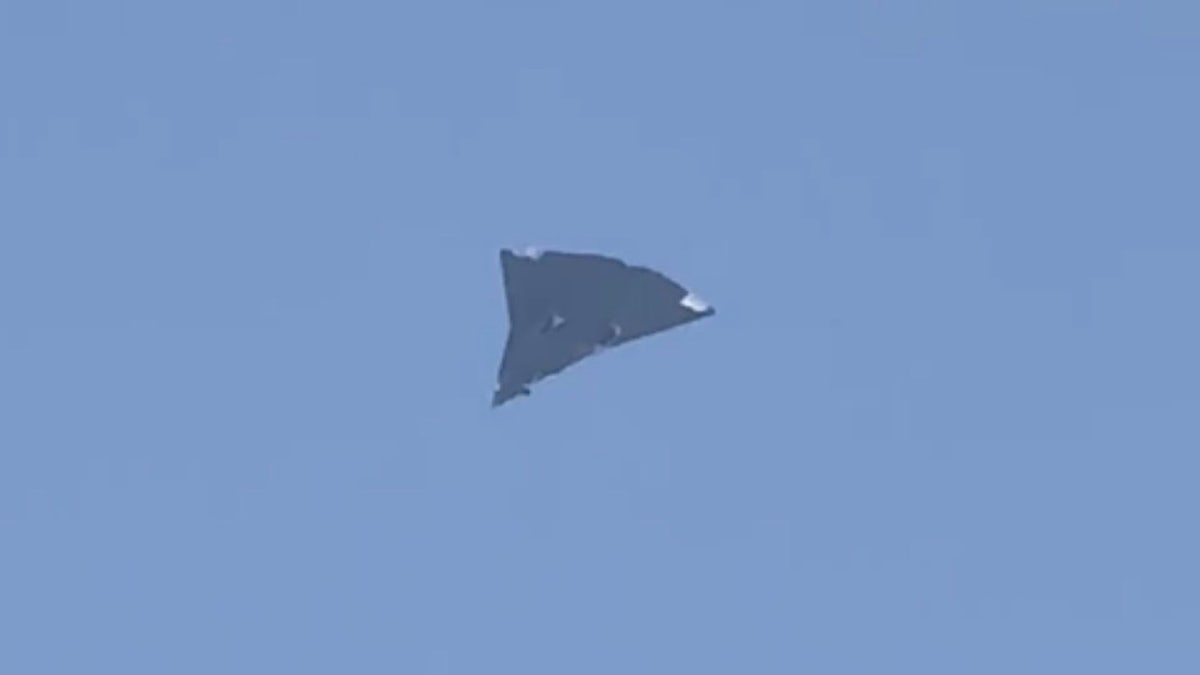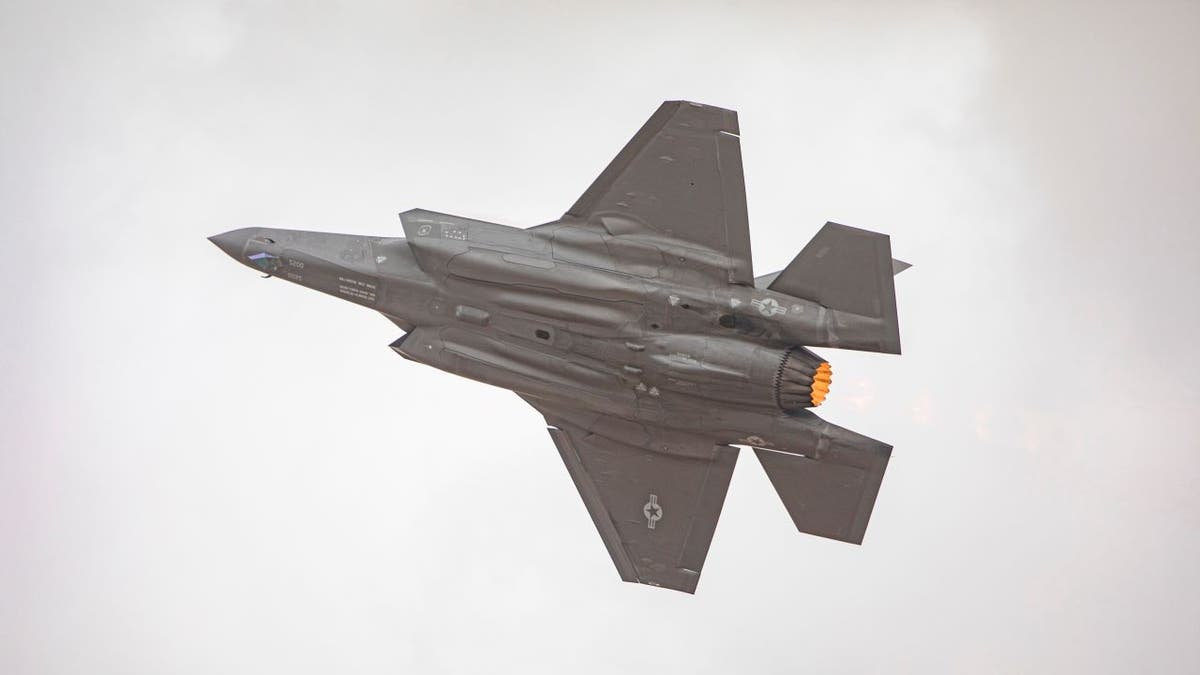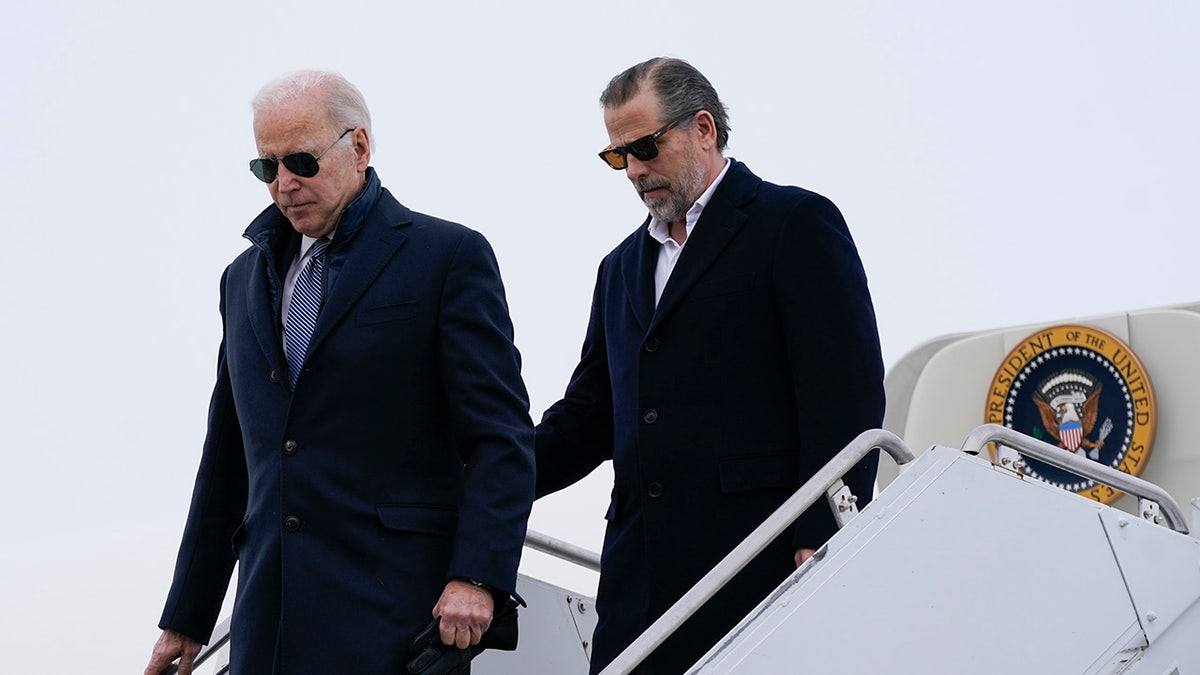Social media buzzed on December 26th with images and videos showcasing an unknown fighter jet soaring over China's Sichuan province. This sighting, coupled with another recent reveal, has sent ripples of concern through the U.S. defense community. China's unveiling of two new stealth fighter prototypes comes at a time when America's next-generation fighter program faces delays, prompting anxieties about a potential shift in air dominance.
Outgoing Air Force procurement official Andrew Hunter voiced concerns, stating, "They could beat us to the punch." Echoing this sentiment, Air Force Chief of Staff General David Allvin emphasized the urgency of the situation, hoping it would grab America's attention. The timing of the video releases, coinciding with Mao Zedong's birthday, adds a layer of symbolic significance.

The image above, taken from a social media video, depicts Chinese military aircraft in Chengdu, Sichuan, on December 26, 2024. These advancements in Chinese airpower represent a considerable challenge in the Pacific, raising concerns about the potential loss of U.S. air superiority. While the U.S. has historically led in stealth fighter technology, China's rapid progress suggests a dedicated effort to close the gap, potentially leveraging espionage and parallel development programs.
Retired four-star Air Force General Mark Kelly had previously warned about China's progress on sixth-generation stealth warplanes. Despite this forewarning, the U.S. has delayed its own next-generation fighter program, raising questions about strategic planning. A sixth-generation fighter represents a significant leap in capability, featuring dramatically reduced radar and infrared signatures, coupled with vastly improved processing power and sensor technology.
The Chengdu J-36, a larger, delta-winged fighter-bomber, stands out with its open weapons bays, a clear indication of its stealth capabilities. Its design suggests a focus on long-range cruise and payload capacity, potentially posing a threat across vast distances in the Pacific. The J-36's three-engine configuration raises questions about China's engine technology and its ability to manage infrared signatures and cooling for advanced electronics.

The second aircraft, the Shenyang J-50, is a twin-engine fighter with a lambda wing design, possibly inspired by U.S. experimental aircraft and drones. Its lack of a vertical tail suggests advancements in composite materials. The purpose of both the J-36 and J-50 appears to be countering U.S. combat aircraft, including the new B-21 Raider stealth bomber. While not yet in production, these aircraft signify China's ambition to challenge U.S. air dominance.
Despite these developments, there's still hope. The U.S. is developing its own sixth-generation fighter, known as NGAD (Next-Generation Air Dominance). While the program has faced delays, it promises superior stealth, advanced engines, and open software architecture. The U.S. Air Force has other assets as well, including the F-35 production line, the B-21 Raider, and upcoming collaborative combat aircraft (drones). The challenge now is to accelerate these programs and maintain a technological edge in the face of China's growing airpower.








